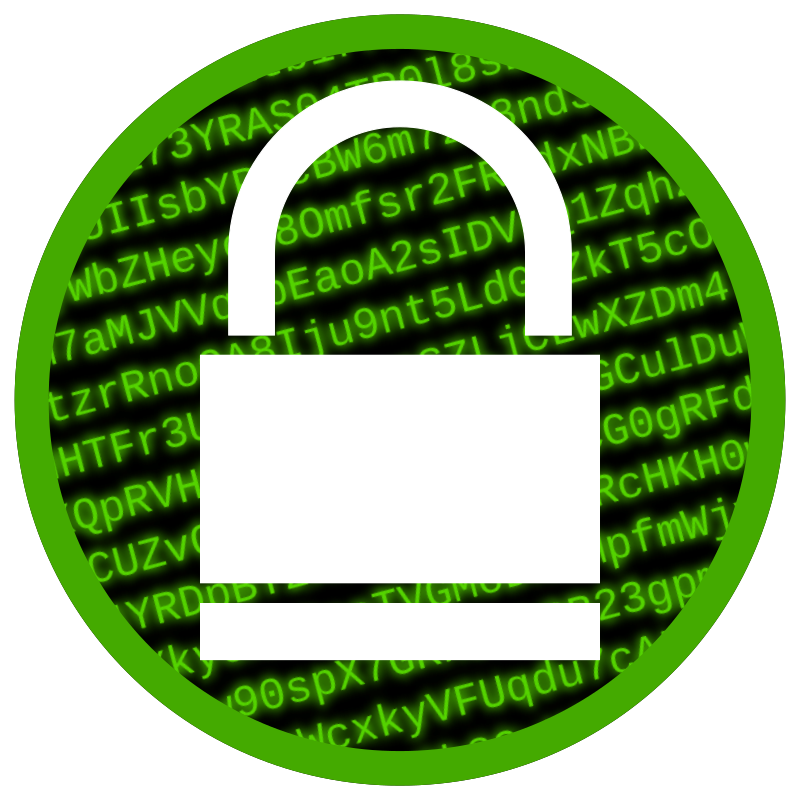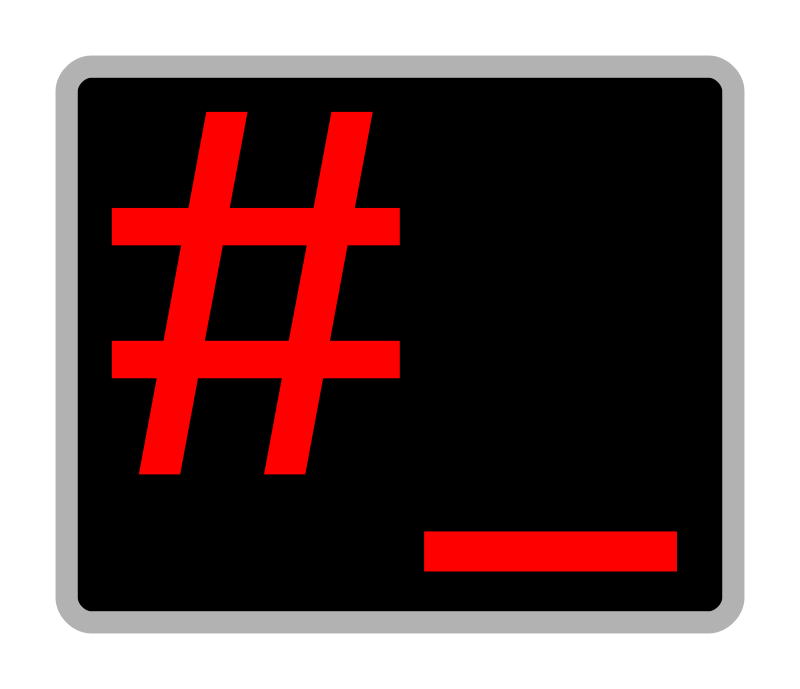Students will learn the basics of cryptography, the science of encryption or the "hiding of information". Cryptography is the underpinnings of data security and privacy in the modern world. The lab begins with historical cryptographic techniques and progresses to modern digital cryptography. Topics covered include substitution codes, symmetric and asymmetric key cryptographic systems, and steganography (the hiding of messages in seemingly innocuous images, video, audio or text files). Applications of cryptographic techniques in blockchains, password security, and data integrity are also explored.
Prerequisites
The Getting Started with CYRIN lab for a basic understanding of Linux and the Linux command line.
Expected Duration
2 hours, self-paced. Pause and continue at any time.
2 CPEs awarded on successful completion.

Buffer overflow is a software bug (vulnerability) that can be exploited by attackers to gain unauthorized access to systems. It is one of the best known software security vulnerabilities and still remains fairly common.
A buffer overflow happens when a program writes more data to a data structure, such as a string or array, than the memory allocated to that structure can hold. The data that does not fit into the structure "overflows" into surrounding memory and corrupts adjacent memory structures. An attacker can take advantage of this to insert and run malicious code.
Students will learn how memory is organized in a running program and then learn to craft an exploit that takes advantage of a buffer overflow bug in a vulnerable program. Successful exploitation of the vulnerability will give them root (super user) access to the system.
Students will also learn about programming practices that can reduce the likelihood of buffer overflow bugs, operating system protections the can make it harder for attackers to exploit such bugs, and ways in which these attacks can be detected.
Prerequisites
Some familiarity with the Linux command line and file permissions.
Basic programming language concepts.
Expected Duration
2 hours, self-paced. Pause and continue at any time.
2 CPEs awarded on successful completion.

